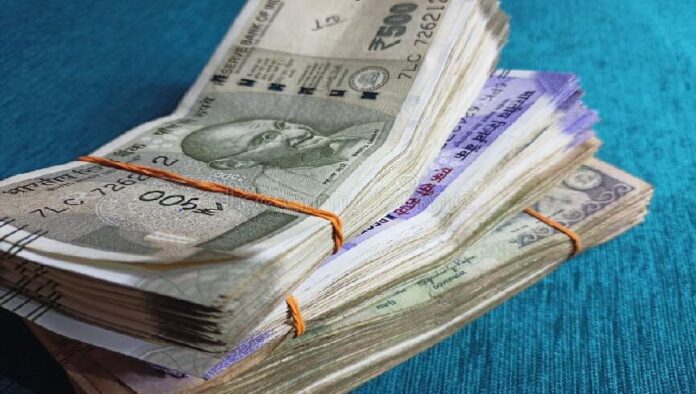Gratuity calculation: Often you get gratuity after working in a company for 5 years. But many times, due to lack of knowledge of the terms and conditions of gratuity, you are not able to take full advantage of it.
Gratuity Calculation: Gratuity is the amount which is given to the employee by the organization or employer. Employer must have employed the employee for at least 5 years. Usually this amount is given when an employee leaves the job or he retires. He or his nominee gets the amount of gratuity even in the event of the death of the employee due to any reason or his leaving the job due to an accident.
What is the eligibility for gratuity?
According to the rules of the Gratuity Payment Act 1972, the maximum amount of gratuity (gratuity pay) can be up to Rs 20 lakh. For Gratuity, it is mandatory for the employee to work in the same company for at least 5 years. In the case of a job done for less than this, the employee does not have the eligibility for gratuity. Gratuity is not available even after leaving the job in 4 years 11 months. However, this rule does not apply in case of sudden death of the employee or leaving the job due to accident.
Gratuity Payment Act 1972
- In order to protect the interests of the employees, the ‘Gratuity Payment Act’ was enacted in the year 1972.
- The law included employees of all organizations working in mining areas, factories, oil fields, forest areas, private companies and ports, where 10 or more employees work.
- Gratuity and Provident Fund are completely different.
- In gratuity, the entire money is given by the employer. At the same time, 12 percent contribution in the provident fund is also done by the employee.
Which organizations come under the purview of the Act?
Any company, factory, institution where 10 or more employees have worked on any one day in the last 12 months will come under the Gratuity Payment Act. Once under the purview of the Act, the company or institution will have to remain within its purview. Even if the number of employees in the company is less than 10, it will still remain under the purview of the Act.
Gratuity is fixed in two categories
In order to determine the formula for the amount of gratuity to be received by the employees in the Gratuity Payment Act 1972, the employees are divided into two categories. In the first category, those employees come under the purview of this Act, while in the second, the employees outside the Act come. Both types of employees working in private and government sectors are covered in these two categories.
Category 1-
Those employees who come under the purview of Payment of Gratuity Act 1972.
Category 2-
Employees who do not come under the purview of Payment of Gratuity Act 1972.
Formula to find out the amount of gratuity (for employees covered by the Act)
Last salary x Job duration x15/26
Last Salary-
Basic Pay + Dearness Allowance + Commission on sales (if any). In this formula, assuming 26 working days in a month, the employee is paid by taking the average of 15 days.
Length of employment-
A job above 6 months in the last year of the job will be considered as a complete year, for example, in the case of 6 years 8 months job, it will be considered as 7 years.
Example-
Suppose someone worked in a company for 6 years 8 months. At the time of leaving the job, his basic salary was Rs 15000 per month. In such a situation, according to the formula, the amount of his gratuity will be worked out like this.
15000x7x15/26 = Rs 60,577
Gratuity formula (for employees not covered by the Act)
Last salary x Job duration x15/30
Last Salary-
Basic Pay + Dearness Allowance + Commission on sales (if any). In the formula, assuming 30 working days in a month, the employee is paid by taking the average of 15 days.
Length of employment-
The period of not less than 12 months is added to the last year of employment for such employees. For example, if the employee has worked for 6 years 8 months, then it will be considered as 6 years only.


